Defenses for Spring 2017
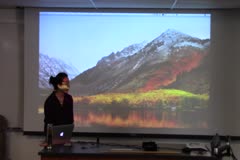
Eyewall Replacement Cycle of Hurricane Matthew (2016) observed by Doppler radars
July 11, 2017
Ting-Yu Cha
An eyewall replacement cycle (ERC) can cause significant changes to the intensity and structure of a tropical cyclone, but the physical mechanisms involved in the ERC process are not fully understood due to a lack of detailed observations. Hurricane Matthew was observed by the NEXRAD KAMX, KMLB, and KJAX polarimetric radars and NOAA P-3 airborne radar when it approached the southeastern United…
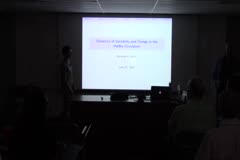
The Dynamics of Hadley Circulation Variability and Change
June 23, 2017
Nicholas Davis
The Hadley circulation exerts a dominant control on the surface climate of earth's tropical belt. Its converging surface winds fuel the tropical rains, while subsidence in the subtropics dries and stabilizes the atmosphere, creating deserts on land and stratocumulus decks over the oceans. Because of the strong meridional gradients in temperature and precipitation in the subtropics, any shift in…
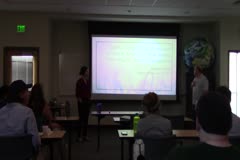
SKILLFUL LONG-RANGE FORECASTS OF NORTH AMERICAN HEAT WAVES FROM PACIFIC STORM PROPAGATION
June 22, 2017
Andrea Jenney
Extreme heat poses major threats to public health and the economy. Long-range predictions of heat waves offer little improvement over climatology despite the continuing improvements of weather forecast models. Previous studies have hinted at possible relationships between tropical West Pacific convection and subsequent anomalous near-surface air temperature and rainfall over the North American…
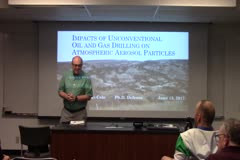
IMPACTS OF UNCONVENTIONAL OIL AND GAS DEVELOPMENT ON ATMOSPHERIC AEROSOL PARTICLES
June 13, 2017
Ashley Evanoski-Cole
Rising demands for global energy production and shifts in the economics of fossil fuel production have recently driven rapid increases in unconventional oil and gas drilling operations in the United States. Limited field measurements of atmospheric aerosol particles have been conducted to understand the impacts of unconventional oil and gas extraction on air quality. These impacts can include…
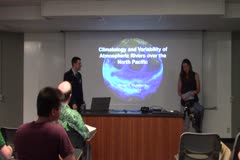
Climatology and Variability of Atmospheric Rivers over the North Pacific
June 09, 2017
Bryan Mundhenk
Atmospheric rivers (ARs) are plumes of intense water vapor transport that dominate the flux of water vapor into and within the extratropics. Upon landfall, ARs are a major source of precipitation and often trigger weather and/or hydrologic extremes. Over time, landfalling AR activity, or a lack thereof, can influence periods of regional water abundance and/or drought. Here, an objective…
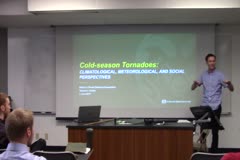
COLD-SEASON TORNADOES: CLIMATOLOGICAL, METEORLOGICAL, and SOCIAL PERSPECTIVES
June 01, 2017
Samuel Childs
Tornadoes that occur during the cold season, defined here as November – February (NDJF), pose many unique societal risks. For example, people can be caught off-guard because in general one does not expect severe weather and tornadoes during winter months. The public can also be unsuspecting of significant weather due to the bustle of major holidays like Thanksgiving, Christmas, and New…
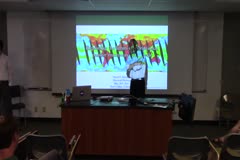
EXPLORING THE LIMITS OF VARIATIONAL PASSIVE MICROWAVE RETRIEVALS
May 30, 2017
David Duncan
Passive microwave observations from satellite platforms constitute one of the most important data records of the global observing system. Operational since the late 1970s, passive microwave data underpin climate records of precipitation, sea ice extent, water vapor, and more, and contribute significantly to numerical weather prediction via data assimilation. Detailed understanding of the…
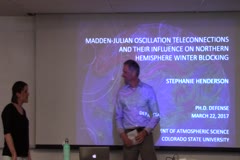
Madden-Julian Oscillation teleconnections and their influence on Northern Hemisphere winter blocking
March 22, 2017
Stephanie Henderson
Winter blocking events are characterized by persistent and quasi-stationary patterns that re-direct precipitation and air masses, leading to long-lasting extreme winter weather. Studies have shown that the teleconnection patterns forced by the primary mode of tropical intraseasonal variability, the Madden-Julian Oscillation (MJO), influence extratropical factors associated with blocking, such…
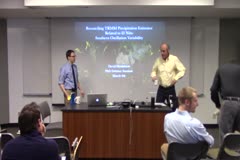
Reconciling TRMM Precipitation Estimates to El Niño Southern Oscillation Variability
March 09, 2017
David Henderson
Over the tropical oceans, large discrepancies in TRMM passive and active microwave rainfall retrievals become apparent during El Niño-Southern Oscillation (ENSO) events, where TMI retrievals exhibit a systematic shift in precipitation seemingly correlated with ENSO phase, while the PR does not. To investigate the causality of this relationship, this dissertation focuses, both spatially and…
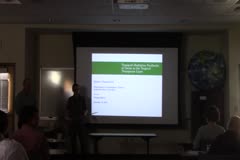
Transport-Radiation Feedbacks of Ozone in the Tropical Tropopause Layer
February 14, 2017
Ed Charlesworth
The tropical tropopause layer (TTL) is a region in the atmosphere that shows an interesting combination of tropospheric and stratospheric characteristics over the extent of several kilometers. For example, the TTL shows both convectively-driven tropospheric dynamics and the beginning of the mechanically-driven Brewer-Dobson circulation. The TTL is also important for climate due to its role as…
